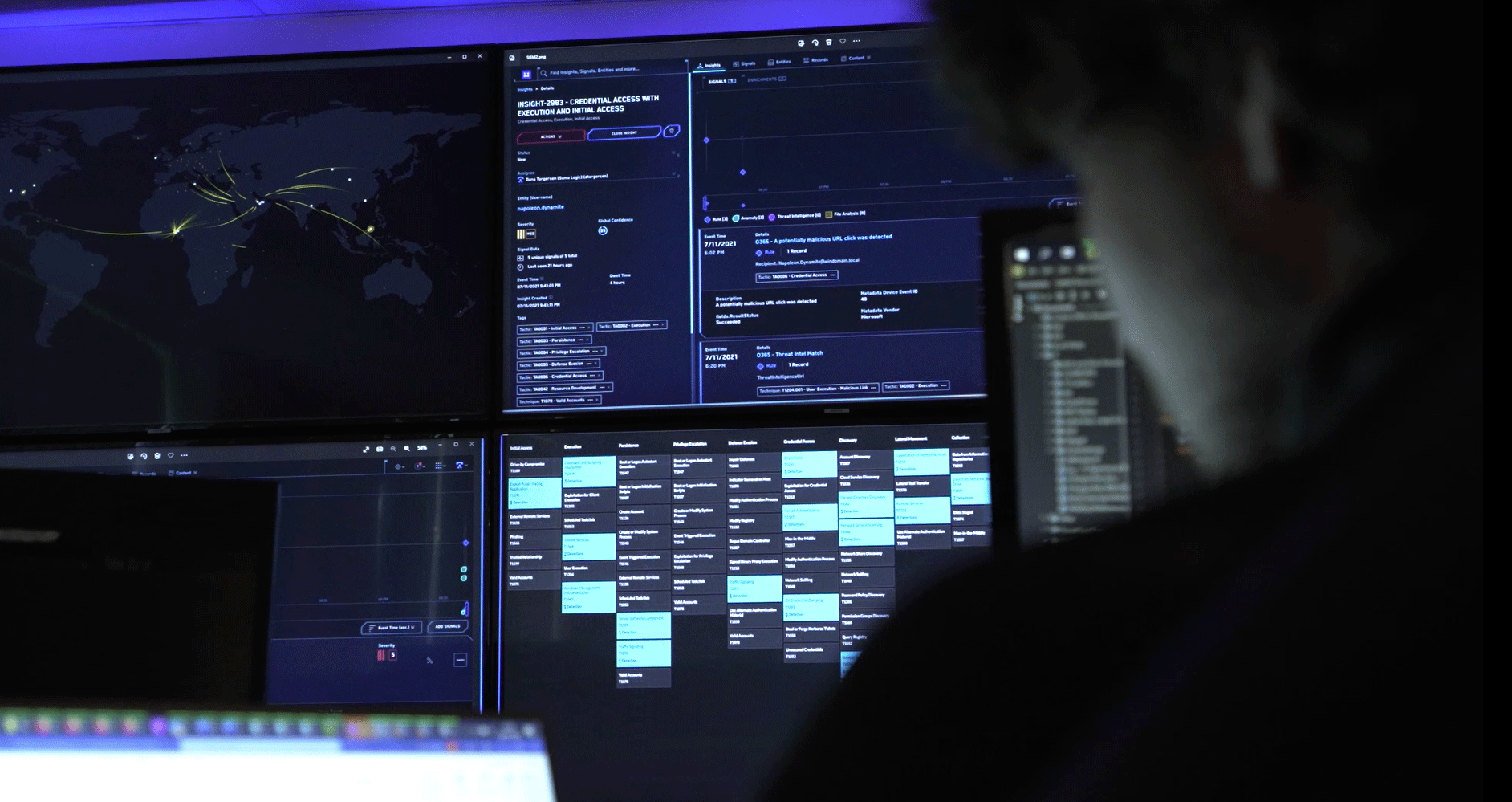Cybercrime as a Service vs. Cybersecurity as a Service
Category: News
Published: 15th April 2024

In cybersecurity there are two opposing forces locked in a constant struggle: cybercrime and cybersecurity. As technology advances, so do the methods and tools employed by both sides. Tools such as AI are making it harder to spot phishing emails and ransomware.
As the technology becomes increasingly advanced in its ability to shift, adapt and grow, there has been a rise of “as a service” models. Both within the cybersecurity sector and the cybercrime industry.
Cybercrime as a Service (CaaS)
Cybercrime as a Service (CaaS) refers to the outsourcing of cybercriminal activities to third-party service providers. These providers offer various illicit services, ranging from malware creation and distribution to hacking tools and infrastructure. This model allows even non-technical individuals to engage in cybercrime, as they can simply purchase the necessary tools and services from underground markets or dark web forums.
One of the most notorious examples of CaaS is the sale of ransomware-as-a-service (RaaS), where cybercriminals can rent ransomware variants and associated infrastructure to launch attacks against individuals, businesses, or organisations. These services often come with technical support and customer service, making them accessible to a wide range of cybercriminals, regardless of their technical expertise. As these services are all bought and provided over the dark web it is hard for government agencies to track them down. This means that for now cybercrime as a service is going to remain a prevalent threat.
Cybersecurity as a Service
On the other end of the spectrum, cybersecurity professionals also have an “as a service” model to provide advanced security solutions and expertise to organisations seeking to defend against cyber threats. Cybersecurity as a Service encompasses a wide range of offerings, including managed security services, threat intelligence, penetration testing, and incident response. Giving businesses the opportunity to outsource their security needs to trusted third-party providers, allows access to top-tier security expertise and resources without the need for significant upfront investments in infrastructure and personnel.
The increase in cybercrime as a service means that deploying eXtended Detection & Response (XDR) either in-house or as service in the form of Managed Detection & Response (MDR) are not a luxury for organisations but an essential defence against an ever-evolving threat landscape. This approach proactively and continually monitors your endpoints and networks on the lookout for any red flags, suspicious activity, or vulnerabilities. MDR services mean that your system is constantly being monitored by security professionals such as those in our 24/7 SOC based in Buckinghamshire and AI powered tools and is ready to react to any threat, minimising its effects.
There are currently no signs that cybercrime as a service is going to be stopped as it continues to generate massive profits for the perpetrators. Our aim at Red Helix is to stop cyber crime paying by encouraging businesses to be vigilant with their own cybersecurity, making it harder and less profitable for the cyber criminals.
